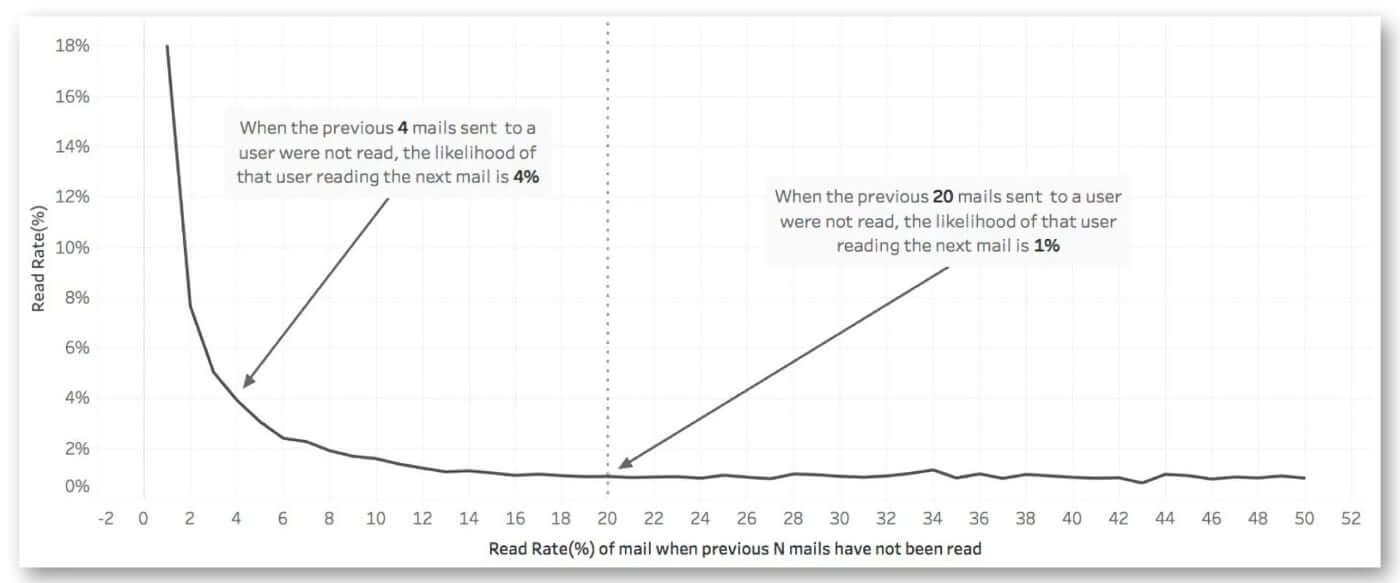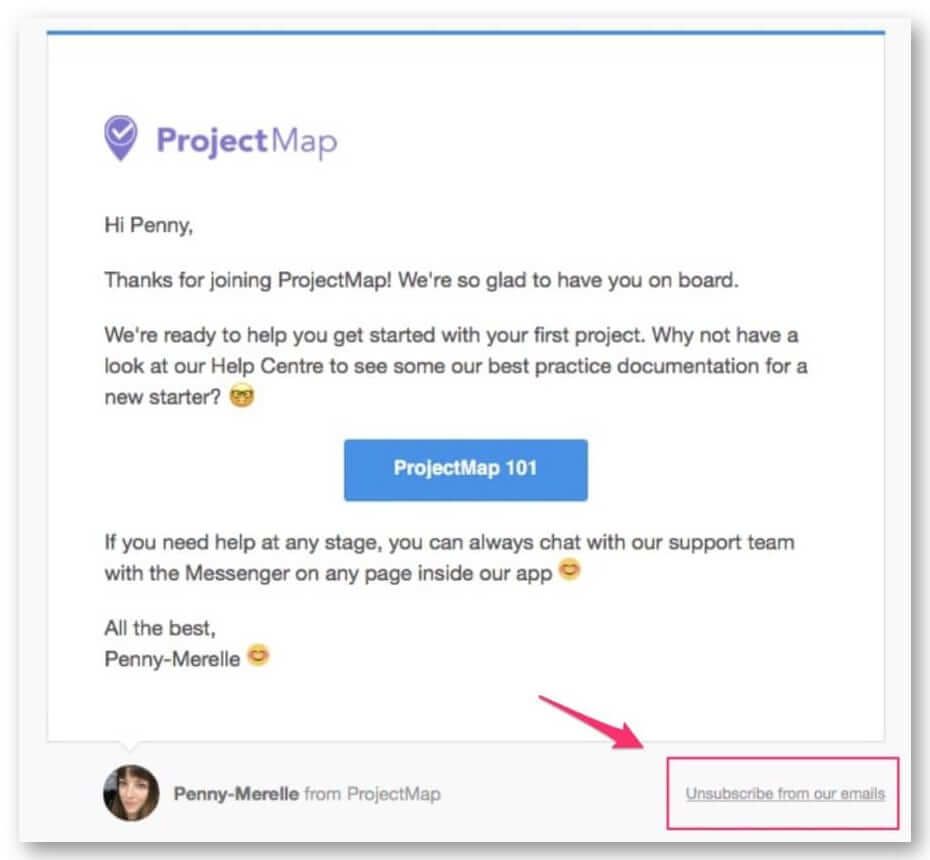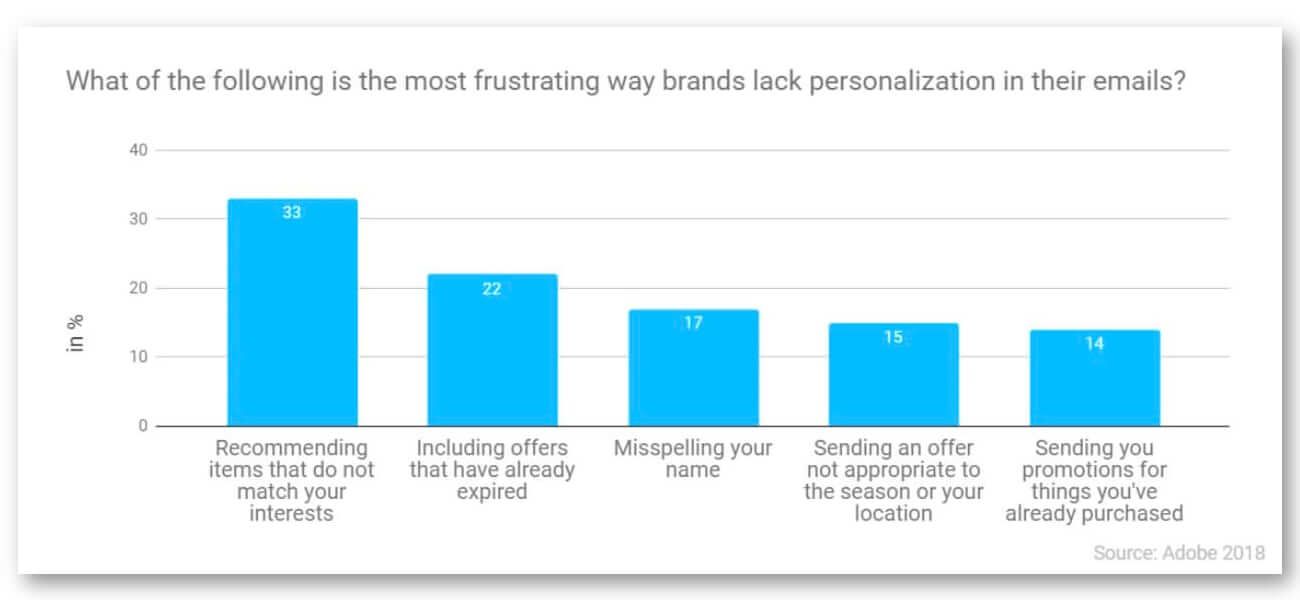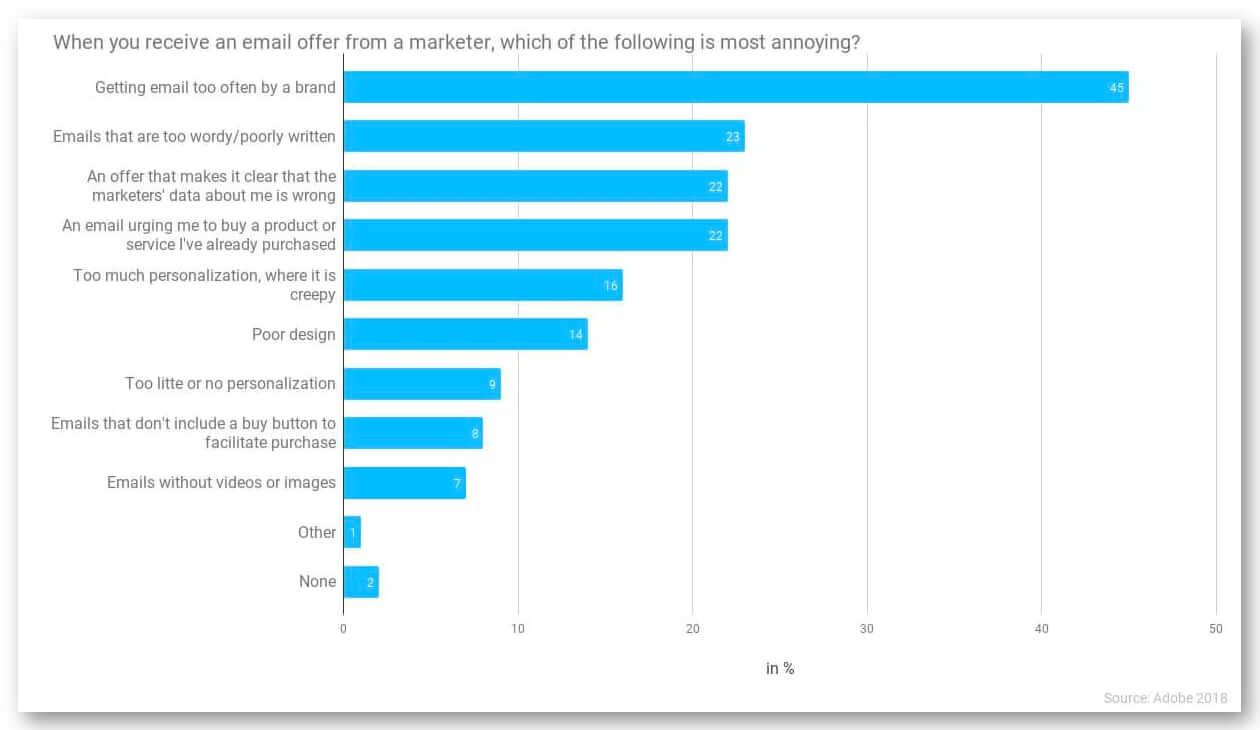
Send better email: A step-by-step guide to improving your email deliverability and open rates
Main illustration: Kyle Benson
Email is an important channel for acquiring, supporting, and retaining users. However, if not done properly, you can damage your sending reputation, meaning users won’t get your emails at all.
During the current COVID-19 crisis, companies are increasingly relying on email to inform their customers about service updates, special offers, and support information.
“The increase in email volume at the moment means it’s more important than ever to ensure your email sending reputation remains healthy”
The increase in email volume at the moment means it’s more important than ever to ensure your email sending reputation remains healthy.
Therefore, we wanted to share some advice and best practices to ensure your emails get front-and-centre placement in your customers’ inbox. Here is a range of tips to gauge whether your email deliverability is in the red zone and how to fix any issues you might be seeing.
How to monitor your email sending reputation
First of all, you’ll want to get a picture of the health of your email deliverability. Given that nearly everyone’s using Gmail these days, checking your reputation with Google will give you a great overview of your sending reputation in general. Set up Google’s Postmaster tool to monitor performance of your email. If you’re having issues on Google, you can be sure you’ll start to see issues elsewhere soon enough. This tool can help you to get ahead of problems before they ruin your sending reputation.
One of my favourite tools to track all of the signals critical to your email program is 250ok – it’s pure, sparkly magic. If you’re unsure what’s happening with your emails after they leave the inbox and you’re not getting the results you’d expect, this tool will give you a host of valuable insights. You can check inbox placement directly by sending your message to it.
If you’re an Intercom customer, we can test your emails for you, just ask our Customer Support team.
3 tips to improve your email open rates
Next you’ll want to consider improving your open rates. The average automated email sees an open rate of 20-30%. Some industries see higher or lower rates, but this should be the target range. If your open rate is way below industry average, you might be sending irrelevant content or worse, your emails might be going straight to the spam folder.
⚠️ If your emails are going to spam folder, reduce your audience to users who have opened your email within the last 30 days and expand it slowly until your open rates improve.
1. Don’t email disengaged users
It’s super tempting to email your entire user base in hopes of weeding out a lost opportunity or two, but invariably you’ll get caught in spamtraps instead. Sending every email to your whole userbase can actually damage your brand and your sender reputation. Our Analytics team have shown that if customers haven’t opened your last 10 emails, the likelihood of them opening the 11th is less than 2%. That likelihood drops to 1% after 14 emails.

2. Make your content personal
If an email isn’t relevant and personal to your customers, it won’t get opened. People shouldn’t only open your emails in order to unsubscribe. We recommend you trigger messages in response to user actions. This ensures users receive content relevant to their actions in your product, which ultimately leads to better engagement.
3. In defence of clickbait…
A catchy subject line can make all the difference between archive-without-reading and open. You can beat out all the competition in the inbox by grabbing your audience’s attention – be creative and personal, and avoid overused, inauthentic subject lines such as “We miss you!” To ensure you pick the best subject line for your users, why not A/B test?
3 tips to reduce spam complaint and unsubscribe rates
A healthy spam complaint rate is about 0.02%, allowing for 2 in every 10,000 messages to be marked as spam. Some people do it by mistake, but if you see high complaint rates, it’s a sure sign that something is wrong.
1. Get permission – use confirmed opt-in
Have you ever signed up to a website and been asked to click a link in your email to complete your sign-up? That’s confirmed opt-in. Confirming your users is the best method for ensuring a better open rate for engaged and valid users.
2. Validate emails at sign-up
You can implement email validation at sign-up to check if email addresses are real. This helps prevent fake, misspelled, or invalid email addresses from joining your app, which thereby improves your bounce rate and the odds of triggering the spam police.
3. Always include a low-friction way to unsubscribe
Don’t force users to take more than two steps to unsubscribe from your emails. Make your unsubscribe link clear and frictionless, or people will flag your email as “spam” instead.

A tip to decrease unsubscribe rates
If you’re seeing a high unsubscribe rate, that typically means your emails aren’t relevant to users or that the frequency of your sending is a little off. At Intercom, high unsubscribe rates always get a closer look – especially anything over 1%.
Investigate frequency of sending
If you’re messaging users too often, on a strange schedule or out of the blue, they are more likely to see the content as irrelevant. Best to send with a consistent schedule.
Adobe’s Consumer Email Survey showed that the thing users dislike most is getting email too often:
3 tips to improve email bounce rates
A bounce is a message which has not delivered successfully. For example, a message could bounce when: the email address does not exist or the recipient has blocked delivery. High hard bounce rates are bad news for everyone. Invalid addresses are eventually repurposed as spamtraps after repeated attempts at delivery. If they’re still on your list, you’ll really end up in the doghouse.
1. Never purchase lists
You wouldn’t walk into someone’s house without knocking, would you? Of course not – you’d ask for permission first, and by that same token, we only allow permission-based email on Intercom. You should only ever message valid users who want to receive email from you.
2. Verify addresses at sign-up
Does your website let people sign up with nonsense addresses? If you have a high traffic site, that might be the root of your issue. We recommend a real time validation service like Kickbox or Webbula. For the truly techy, you can suggest corrections to typos in real time and prevent dead leads.

3. Clean up your email database every 6 months
If a user or lead hasn’t interacted with your platform in a few months, it’s likely time to say goodbye. Protect the quality of your recipient list and keep costs down by removing those users who aren’t adding value.
If you’re interested in learning more about improving your email deliverability or reading our suggested best practices, please see our email sending guidelines and our docs on improving your open rate and email deliverability.
If you’re emailing or messaging customers in relation to the current COVID-19 crisis, please see our guide to communicating during a crisis.
Happy – and safe – sending.









